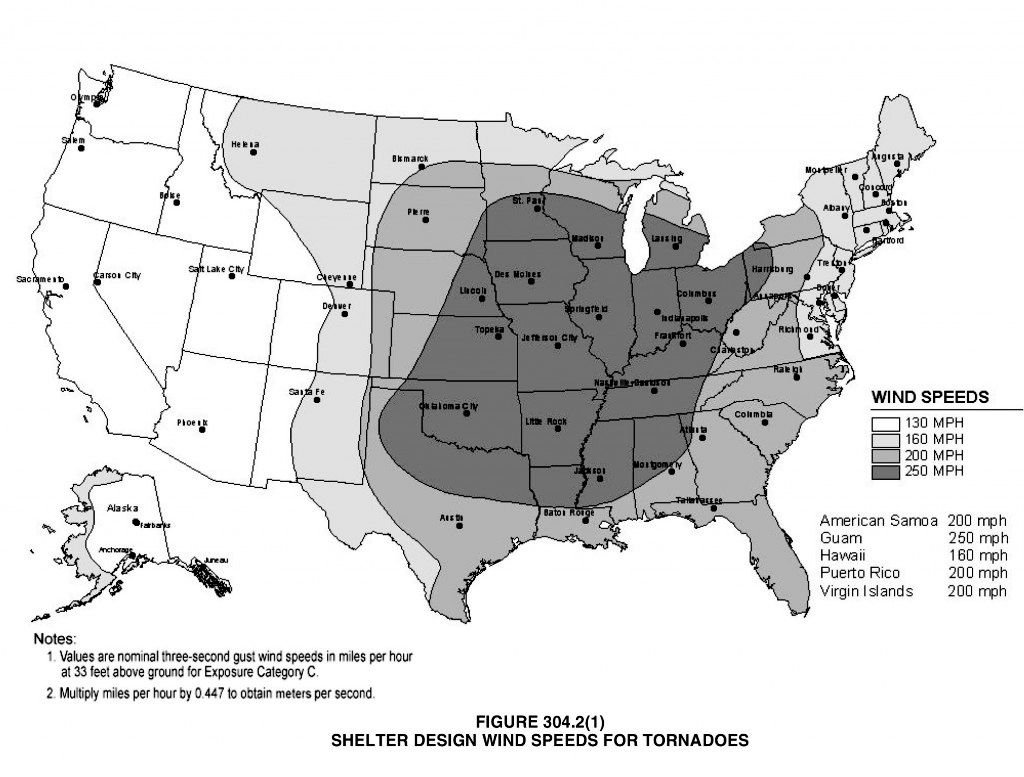Hurricane Impact Doors | Demystifying Storm Shelters
There are many new safe room options when it comes to tornado and hurricane impact doors.
There are several options available when it comes to Safe Room Tornado or Hurricane Impact Doors!
Download our tornado storm shelter ebook now!
Safe rooms are becoming commonplace in school and public buildings across the country. While there are some significant differences when constructing a hurricane shelter or a tornado shelter, one of the biggest concerns is what type of safe room doors are being used. The standard for years has been to use bulky swing doors but advancements in safe room rolling doors have made them a popular choice.
Some key features of overhead rolling doors for tornado or hurricane shelters are:
Easily Operated Doors
Rolling safe room doors are typically hooked up into an alarm system and can be deployed as soon as a tornado or hurricane warning goes off. This means that the teachers and administrators can focus on getting kids into the room and settled instead of closing doors and securing windows. The only time when you may need to interact with rolling storm shelter doors is if they require manual locking after activation.
To Lock or Not to Lock
The gold standard of rolling hurricane impact doors are one that can be activated and does not need to be manually locked to ensure that it withstands the wind and impact forces. Some hurricane impact doors available on the market today only passed the wind pressure and impact test with the manual locks deployed, so you must be sure to educate yourself and your staff on what kind of doors you put in your school—set it and forget it, or one that requires manual locking. It certainly seems like one without manual locking would require less teacher training and have a greater chance of working exactly as the manufacturer intended.
Significant Wall Space used to be required
Swing doors do just that—swing. They’re held open during good weather and are released from their latches to swing shut during a storm situation. This means that doors must be spaced significantly apart to accommodate the swing door in the open position. All of that wall space is then essentially dead space, as you can’t put anything in front of a storm shelter swing door that would impede its function.
With rolling hurricane impact doors, you can free up valuable space and open up many new design options not possible before. The sleek construction of rolling storms doors allows for virtually undetectable embedment into precast concrete, creating minimal protrusion into the space. In addition, the coil may be hidden above a finished ceiling or into a soffit.
To find out more details about different storm room doors and shelters, download our e-book today!
How much wind does your area need to withstand?

Wind zones are areas of the United States that get (on average) different maximum speed winds. The higher the winds, the higher the chance of a tornado or hurricane and the more damage it can do. This does not mean, however, that the surrounding areas are not of concern. Even in the 160 mph zone, tornadoes can develop and cause devastating damage to the area. 160 mph can still tear off roofs and turn over cars. These areas are generally less prepared for a storm of this magnitude, since they are less likely. When you are under prepared it can in turn have a greater impact on the people and the possessions in that area.
![]()
TORNADO ALLEY
It is required for an area with an increased risk of tornadoes or any state or locality that has adopted IBC 2015 or newer to have a storm shelter meeting the FEMA-361 requirements for all K-12 schools with 50 or more occupants, 911 call stations, police stations, fire, rescue and ambulance stations and more.
![]()
HURRICANE VS. TORNADOES
Pressure equalizes more during a hurricane while tornadoes come on more instantly. Storm shelters for hurricanes require you to build for duration more than intensity. Generally, tornadoes are quicker with high winds, spewing projectiles at high speeds.
![]()
STORM SHELTERS
An inside area within a building, or a separate building altogether, which is created to protect occupants from tornadoes or hurricanes. Some of the most common areas to be converted are gymnasiums, classrooms and cafeterias.





